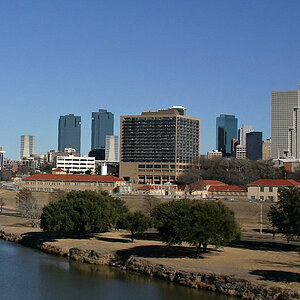Nwcid
No longer a newbie, moving up!
- Joined
- Jan 8, 2018
- Messages
- 489
- Reaction score
- 260
- Location
- PNW
- Website
- www.jbnokesphotography.com
- Can others edit my Photos
- Photos OK to edit
Today I had some free time so I started working on adding a studio to my shop. I mounted a cross bracket that I can raise to the ceiling or lower to the floor to hold/position back drops.
At the moment I purchased a grey $8 Walmart sheet to use as a back drop until I figure what ones(s) I really need. I have been playing with my lighting and the basic 4 colors that came with my AD200's. I do not have a model so I have been using my little Honda pump.
I do have a question that I think I know the answer to, but I would like to ask it open ended to see if I am correct.
I am shooting the D850 and I capture my images in RAW. The first image is what I get when I download load the image. The second image is what I saw on the preview on the camera when I shot the image. Why is there such a difference?


I ask because I thought my lighting was fairly close until I downloaded the images.
At the moment I purchased a grey $8 Walmart sheet to use as a back drop until I figure what ones(s) I really need. I have been playing with my lighting and the basic 4 colors that came with my AD200's. I do not have a model so I have been using my little Honda pump.
I do have a question that I think I know the answer to, but I would like to ask it open ended to see if I am correct.
I am shooting the D850 and I capture my images in RAW. The first image is what I get when I download load the image. The second image is what I saw on the preview on the camera when I shot the image. Why is there such a difference?
I ask because I thought my lighting was fairly close until I downloaded the images.


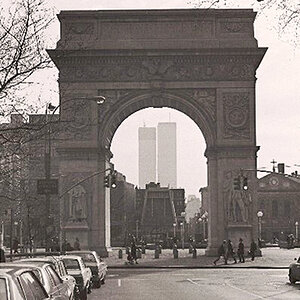
![[No title]](/data/xfmg/thumbnail/38/38262-10a9668da9a2b36a92cddde57caf87bc.jpg?1619738547)
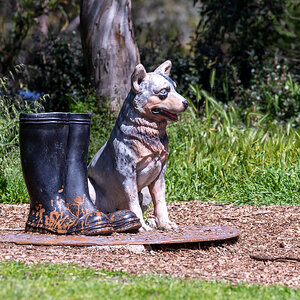
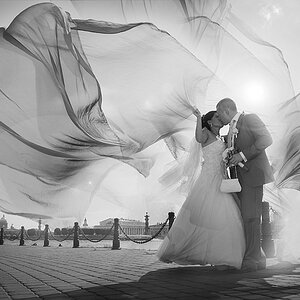
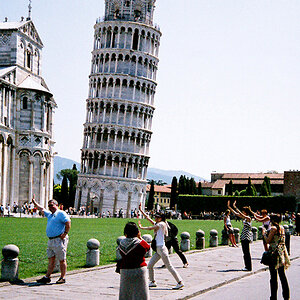
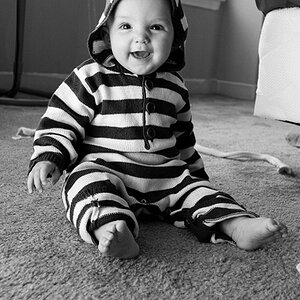
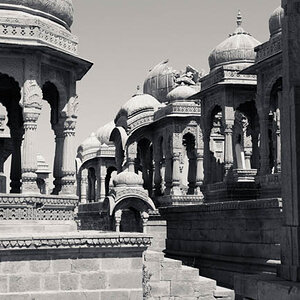
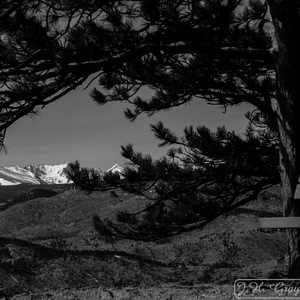


![[No title]](/data/xfmg/thumbnail/38/38263-ad5e4c9e677626ddb5b1e7cdf9ebe40e.jpg?1619738548)
